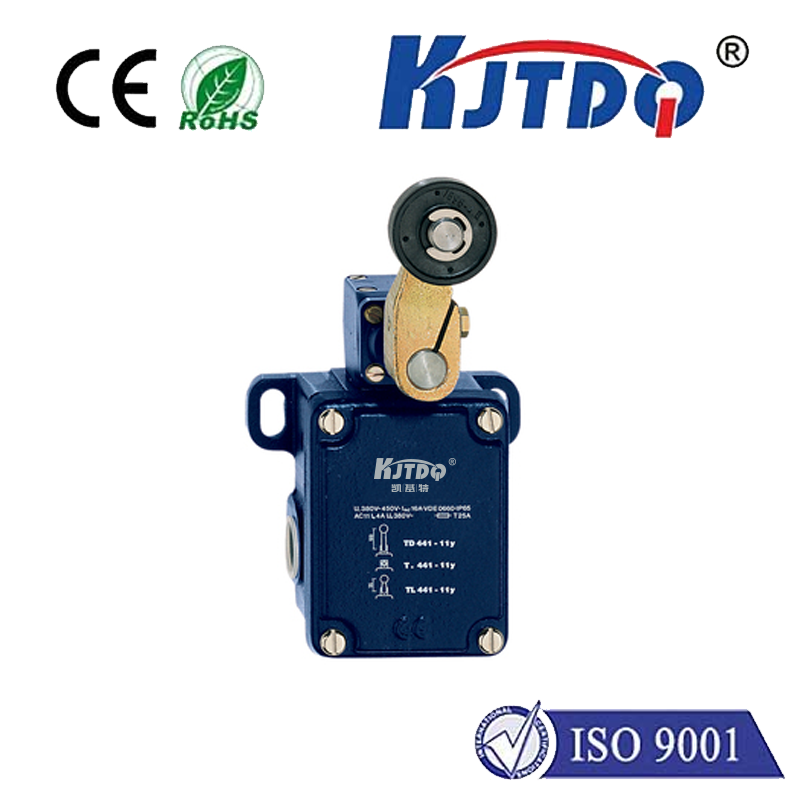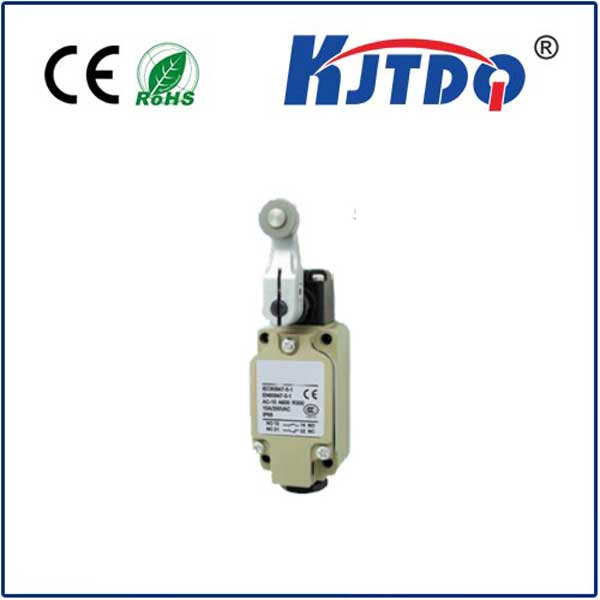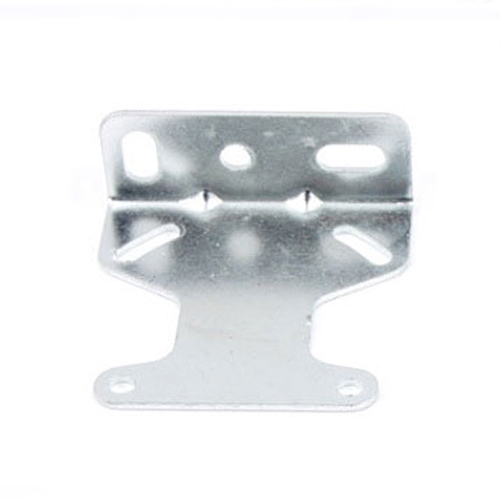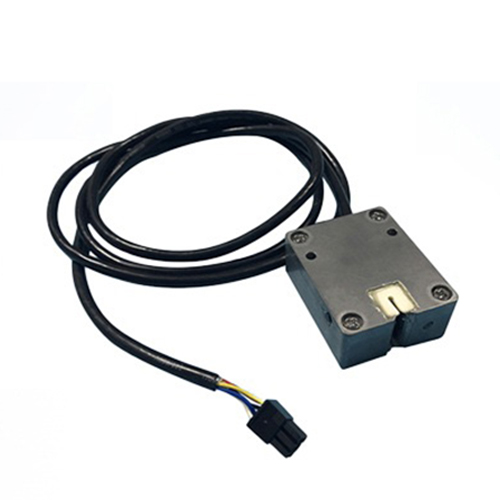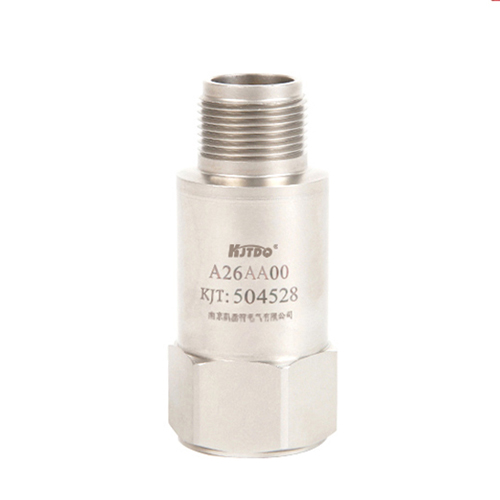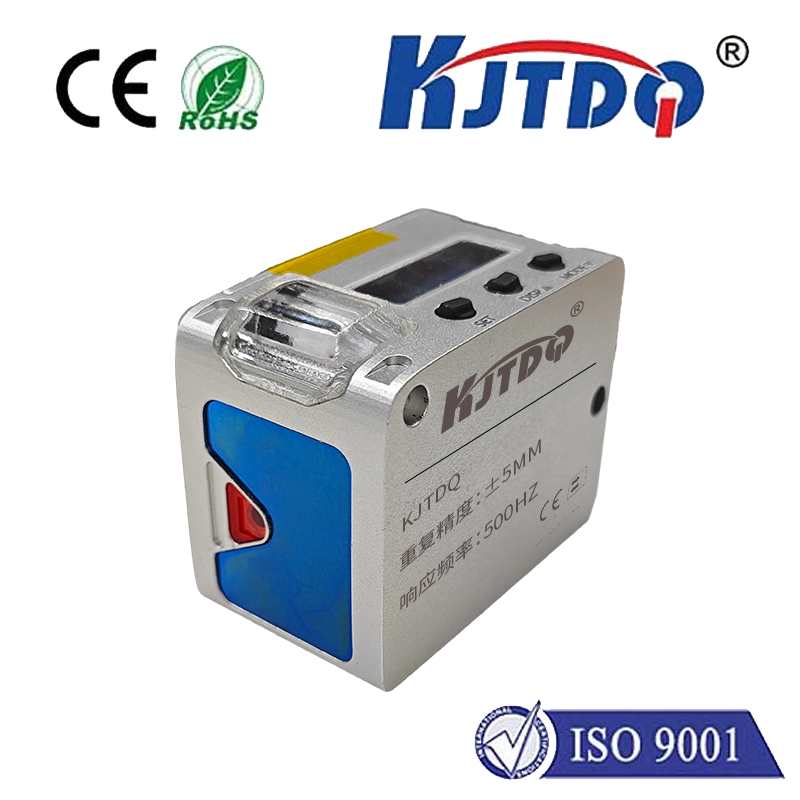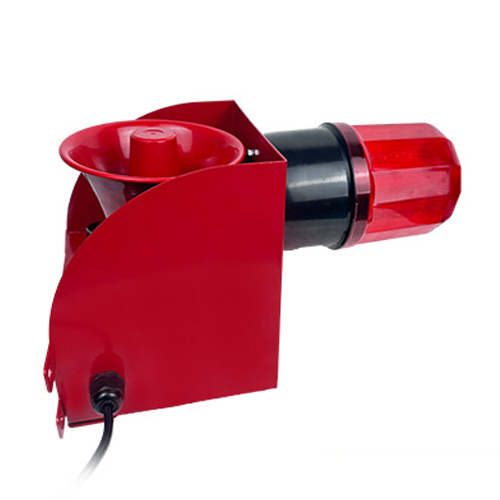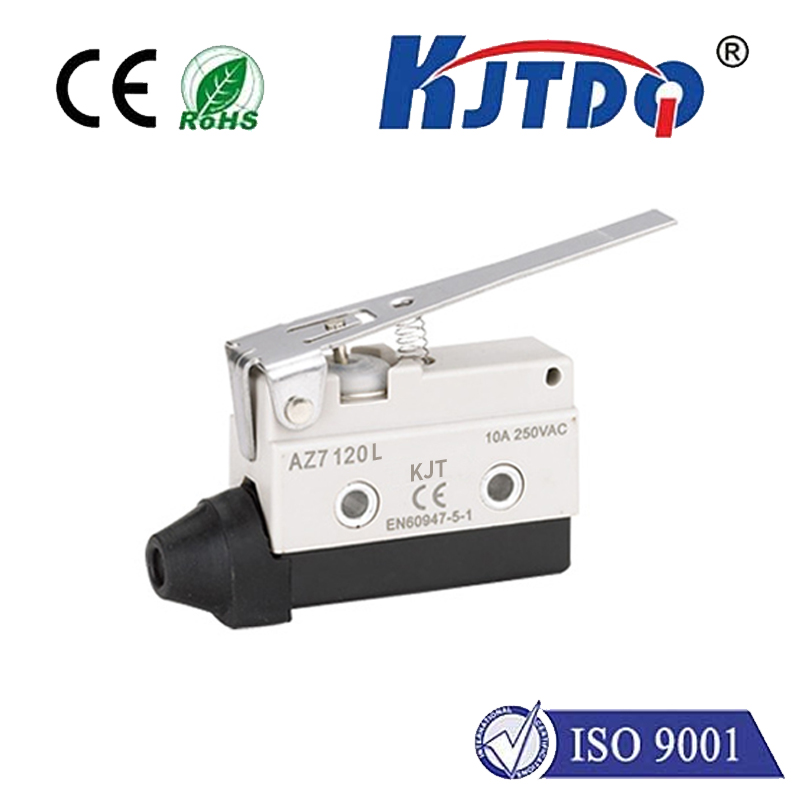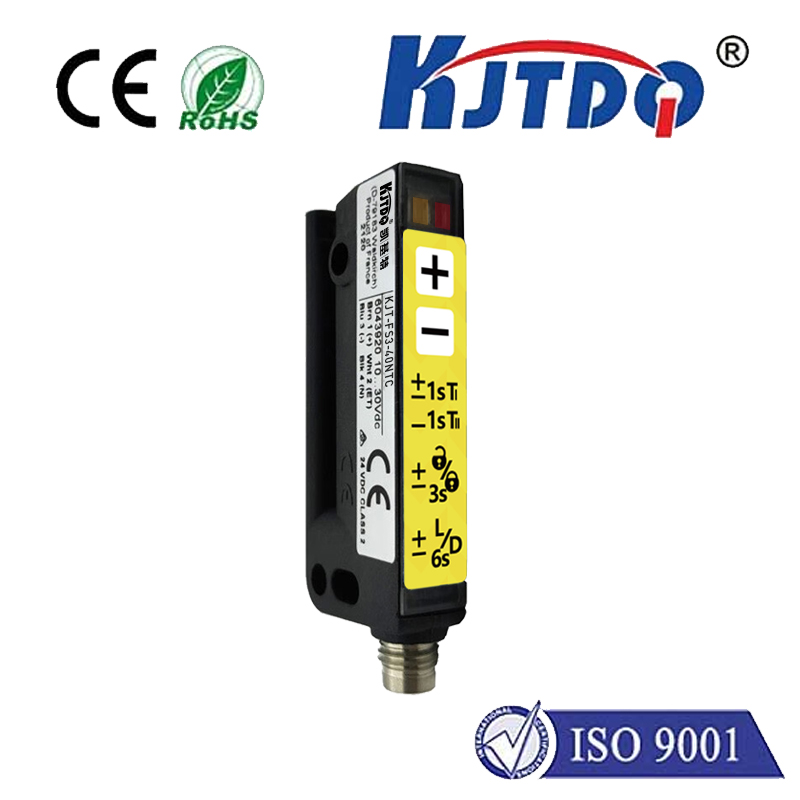

check

check

check

check

check

check

check

check

check

check

Title: The Innovation and Application of Photoelectric Switch Sensors Introduction The advancement in technology has led to the development of various types of sensors, one of which is the photoelectric switch sensor. This device plays a crucial role in many industrial processes and daily life applications. It operates based on the principle of converting light into an electrical signal, which can be used for control or detection purposes. In this article, we will explore the innovation and application of photoelectric switch sensors. Working Principle Photoelectric switch sensors consist of two main components: a light source and a photodetector. The light source emits infrared radiation that reflects off the target object and falls onto the photodetector. The photodetector then converts this reflected light into an electrical signal, which can be used for further processing. The intensity of the reflected light depends on the distance between the sensor and the target object, allowing for precise distance measurement. Types of Photoelectric Switch Sensors There are two main types of photoelectric switch sensors: through-beam and retroreflective. Through-beam sensors have separate transmitters and receivers, while retroreflective sensors have both transmitter and receiver in a single housing. Through-beam sensors are typically used for long distances and large objects, while retroreflective sensors are ideal for short distances and small objects. Advantages of Photoelectric Switch Sensors Photoelectric switch sensors offer several advantages over traditional mechanical switches. They require no physical contact with the target object, making them less susceptible to wear and tear. They also provide high accuracy and reliability, making them suitable for use in critical applications such as safety systems and industrial automation. Additionally, they can operate over a wide temperature range and are resistant to electromagnetic interference. Applications of Photoelectric Switch Sensors Photoelectric switch sensors have a wide range of applications in various industries. They are commonly used in conveyor systems to detect the presence of packages or products, in automated doors to trigger opening and closing actions, and in security systems to detect motion or intrusion. They are also used in automotive systems to monitor tire pressure and fuel levels, as well as in household appliances such as washing machines and dishwashers. Conclusion The photoelectric switch sensor is a versatile and innovative device that has revolutionized the way we interact with our environment. Its ability to convert light into an electrical signal has made it an essential component in many industrial processes and daily life applications. As technology continues to advance, we can expect even more innovative uses for this remarkable sensor.
